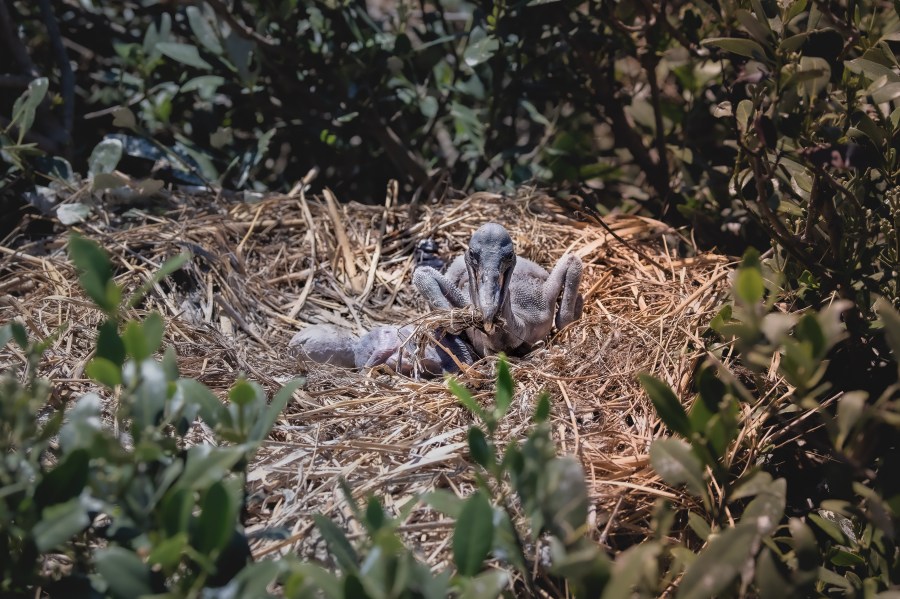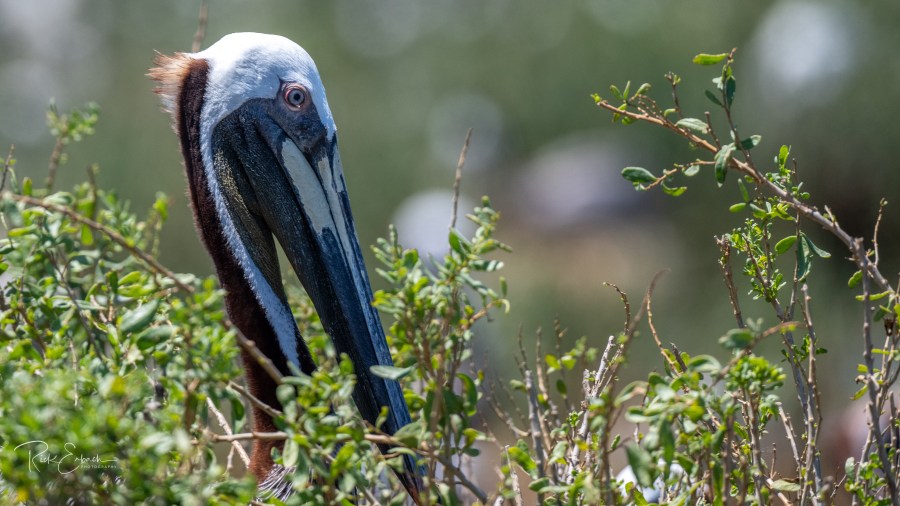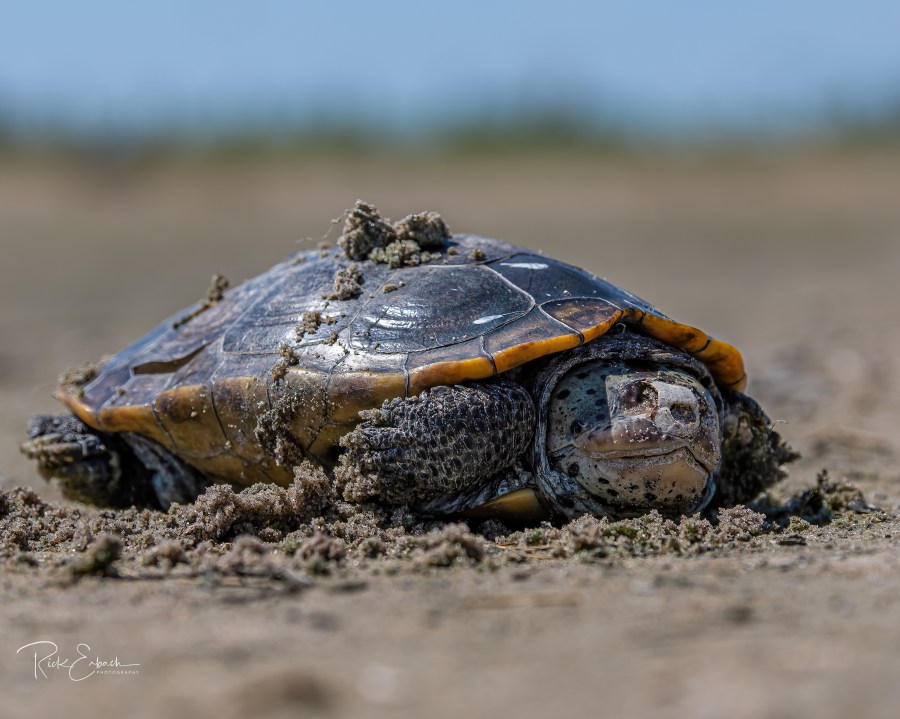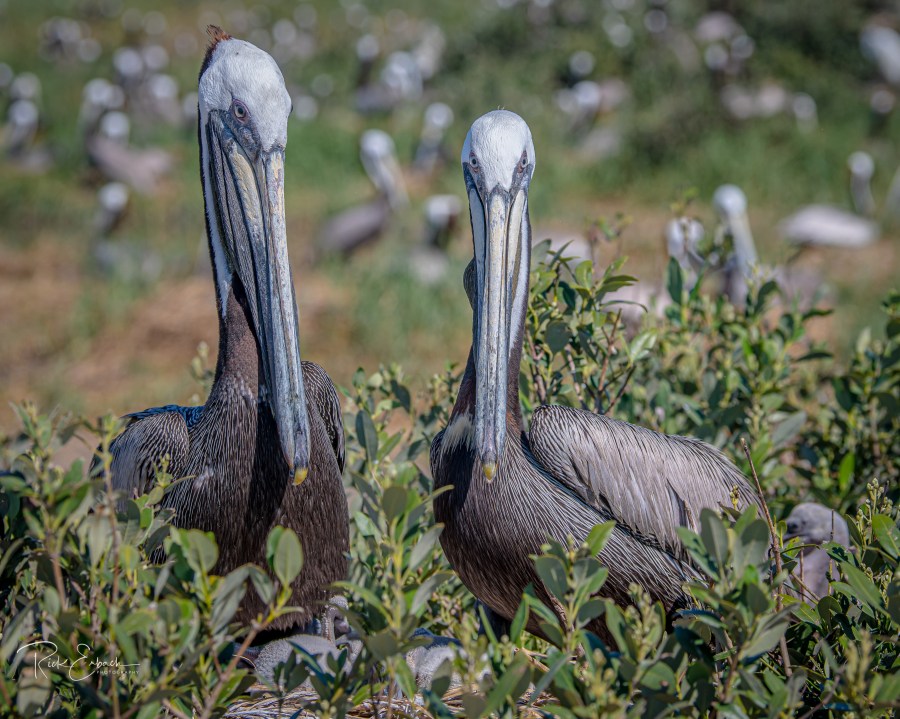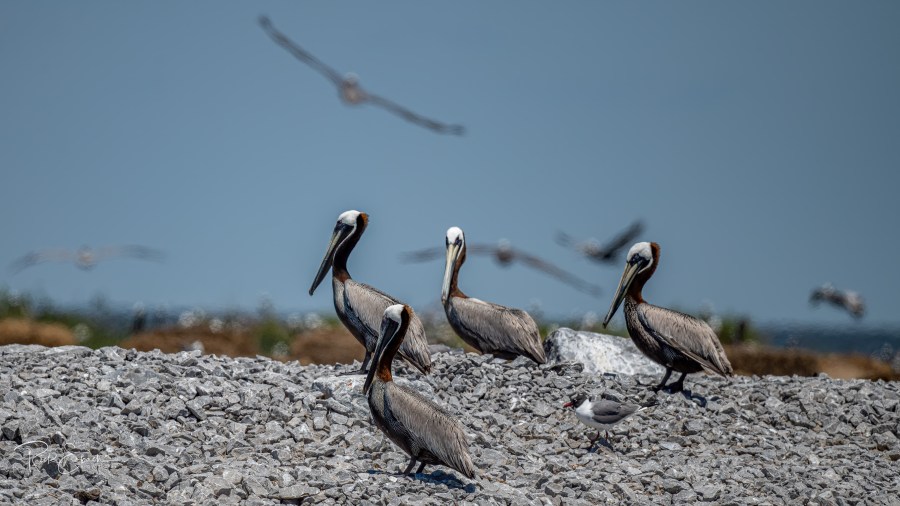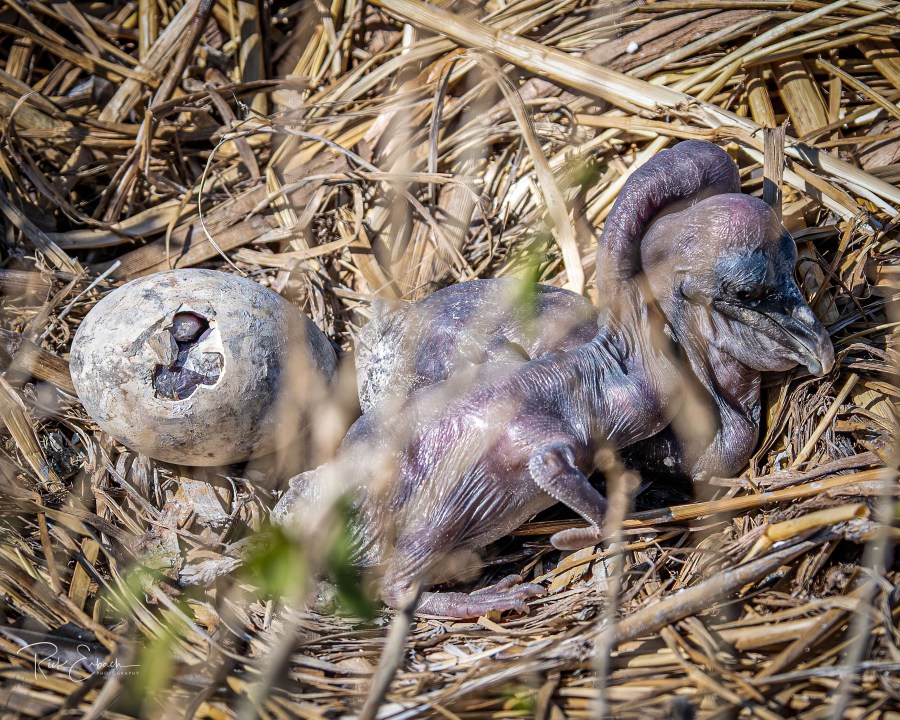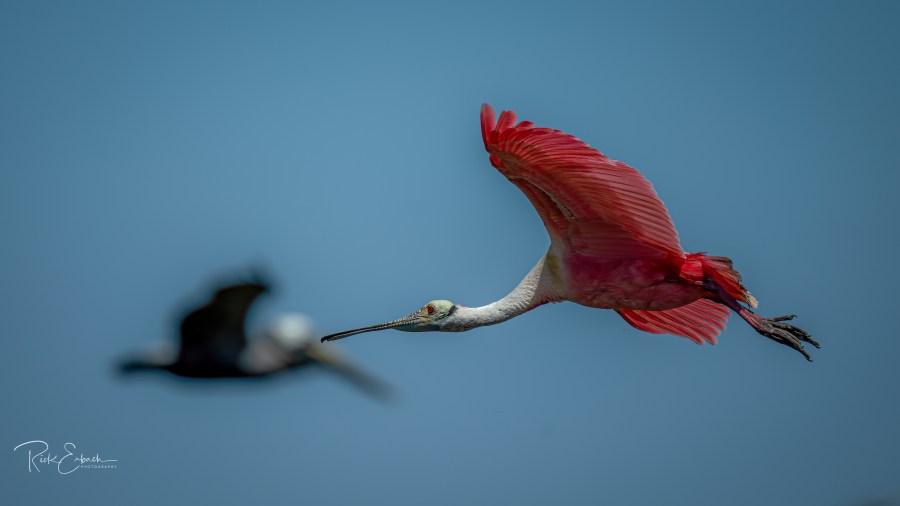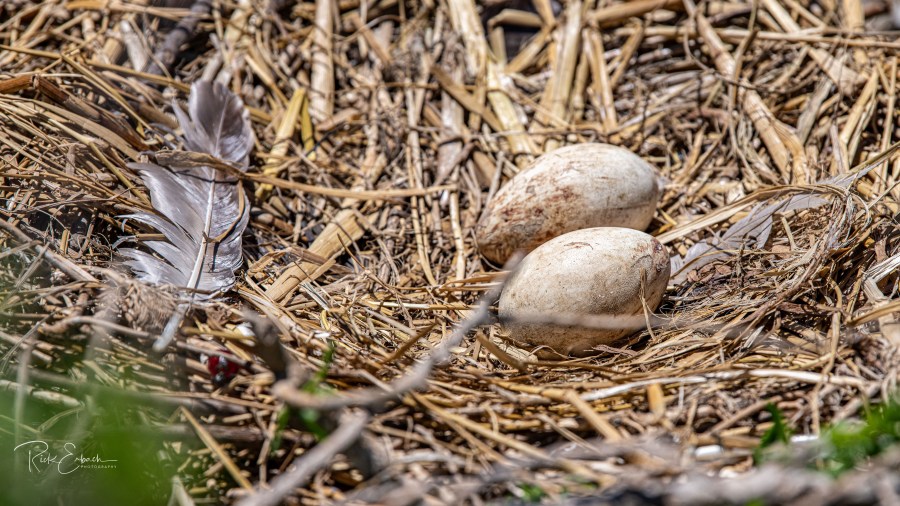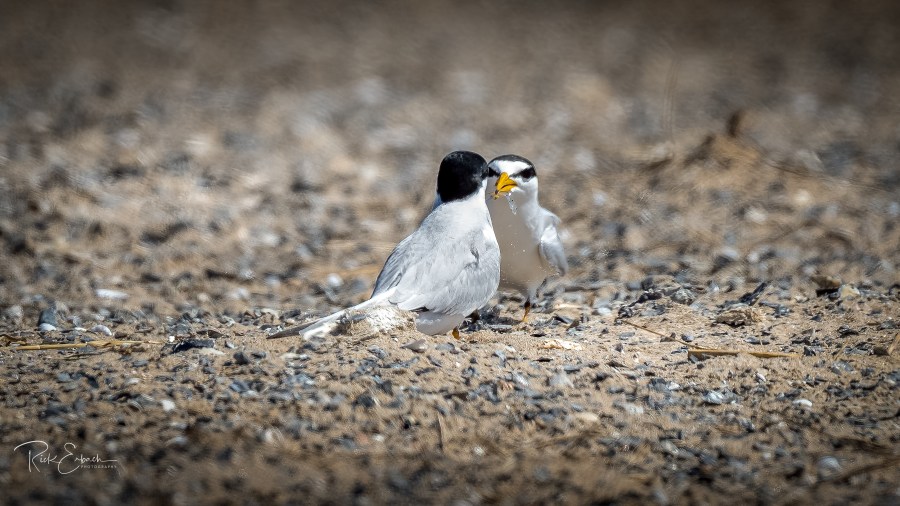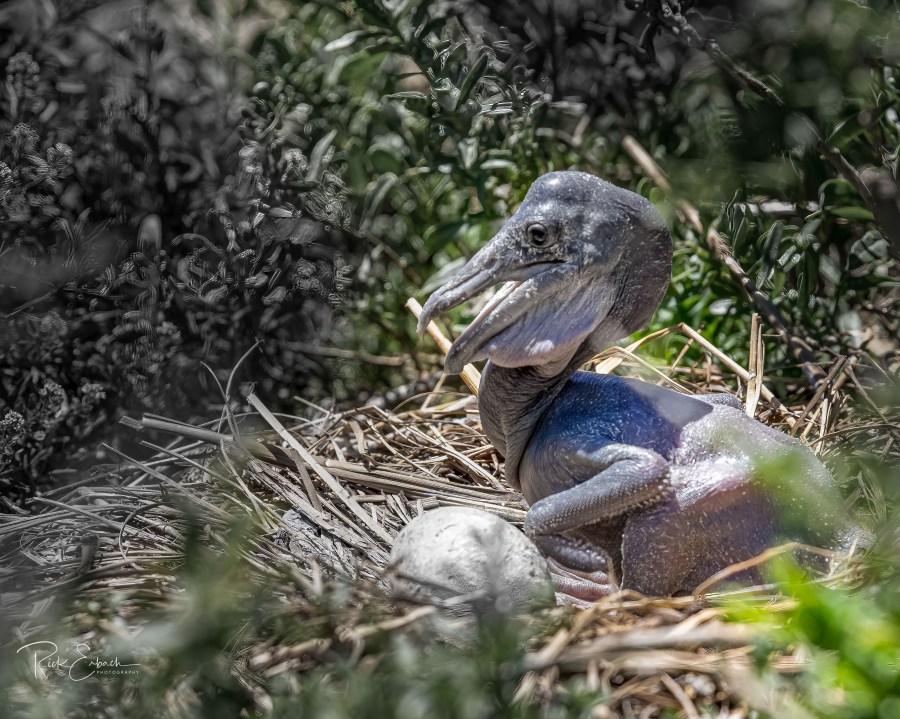The Brown Pelican is not only the Louisiana state bird. It’s also a survivor.
At times we take these pelicans for granted. They fly along with us as we drive the Causeway Bridge between Metairie and Mandeville, along the fishing docks of Des Allemands, and along coastal Louisiana. The Brown Pelican is back and thriving. But it wasn’t always like that.
Pesticides used to kill insects in the 1950’s and 1960’s drove the brown pelican into extinction in Louisiana. A conservation effort began more than 50 years ago to reintroduce the brown pelican to the state. Little by little, more and more, pelicans returned to nest in Louisiana.
In 2010, the brown pelican was threatened once again.
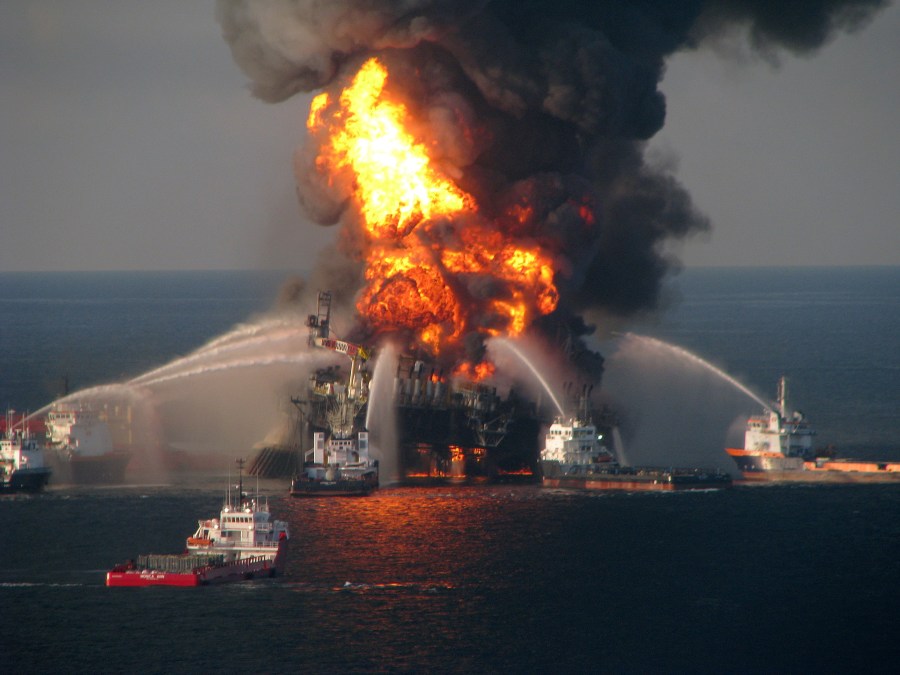
The BP Deepwater Horizon oil rig explosion ten years ago killed 11 men on the rig and more than three million barrels of oil flowed into the Gulf of Mexico. That oil made its way to Queen Bess Island a small island about two and a half miles north of Grand Isle, Louisiana. The island and its inhabitants, the brown pelican and other coastal bird species, were covered in oil.

Wildlife experts called it into an absolute mess. Pictures of the oiled birds—young and old—were seen around the world.
As a result of the damage caused by the oil spill, various legal settlements and fines brought more than $7.29 billion dollars to Louisiana for coastal restoration projects. Money is now available to restore the Louisiana coast and its marshes through various projects for the next 11 years. The Louisiana Department of Wildlife and Fisheries, Coastal Protection and Restoration Authority (CPRA), and Louisiana Trustee Implementation Group (TIG) saw the need to restore the island. This partnership of working hand in hand together resulted in this major success story. They earmarked $18.7 million dollars of the BP oil spill money to save and restore Queen Bess Island.
The island’s demise was not all BP oil spill related. It was a combination of events over the years. The oil spill, erosion and several hurricanes, washed away 30 plus acres of the island. Queen Bess Island was now down to its last five acres. And the pelicans were losing their crucial nesting ground. The race was on to save this Louisiana gem for nesting birds.
The plan to restore Queen Bess Island took three years of planning. It called for its completion in six months. The restoration needed to take place during the non-nesting season. So work began last August. On February 3 of this year, Governor John Bel Edwards announced the newly restored Queen Bess Island re-opened for nesting. Edwards was on the island to see first hand the restoration work and to thank all involved.
All photos by Rick Erbach
Today Queen Bess Island is a robust 37 acres of nesting paradise for the brown pelican. It’s the fourth largest largest pelican rookery in Louisiana. It produces 15-20 percent of the state’s nesting activity. Thousands of pelicans are nesting this season on the island. More pelicans are expected to return in 2021 to nest. The pelicans share the island with many other species of conservation concern in Louisiana. It is also home and a nesting place for Reddish Egrets, Roseate Spoonbills, Oyster Catchers, Least Terns, Great Egrets, Snowy Egrets and Diamondback Terrapin turtles.
Todd Baker, Wildlife Biologist, of the Louisiana Department of Wildlife and Fisheries says, “You know, the Brown Pelican in Louisiana has been through a lot. It was on the endangered species list, it recovered. The BP oil spill hit, and today, after this project, you can see the birds bounce back to this island in strong numbers. Much like our citizens of Louisiana; every catastrophe, every disaster we face, we seem to bounce back and these birds are a pretty good symbol of that.”
